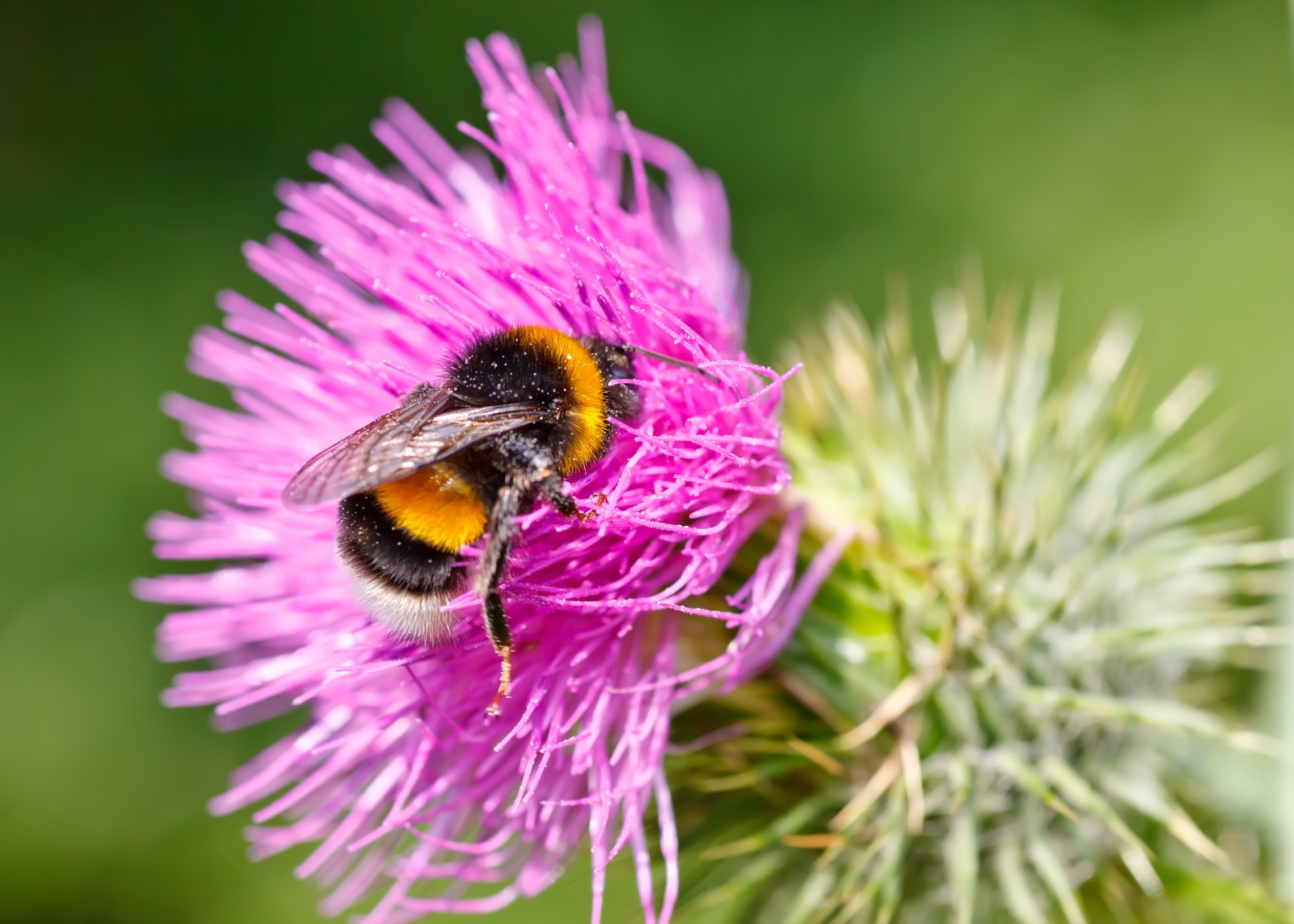

Populations of mammals, birds, amphibians, reptiles, and fish decreased by 69 percent on average since 1970, according to a new report from the World Wildlife Fund (WWF) and the Zoological Society of London (ZSL). The WWF’s biennial Living Planet Report 2022 used the Living Planet Index, a dataset of 32,000 populations of 5,230 vertebrate species, to measure the changes in average population size. This total loss of species is approximately equal to losing the human population of Europe, the Americas, Africa, Oceania, and China.
“Today we face the double, interlinked emergencies of human induced climate change and the loss of biodiversity, threatening the well-being of current and future generations,” the authors write in the report. “As our future is critically dependent on biodiversity and a stable climate, it is essential that we understand how nature’s decline and climate change are connected.”
[Related: We don’t have a full picture of the planet’s shrinking biodiversity. Here’s why.]
The drop measured in this two-year report follows a trend of progressively severe declines. By comparison, the decrease in population was a 68 percent loss in 2020 and 60 percent in 2018.
The steepest declines in average population size were seen in Latin America, the Caribbean, and the vital Amazon region. This area saw a 94 percent drop in 48 years. Africa had the second largest fall with 66 percent, followed by Asia and the Pacific at 55 percent, and North America at 20 percent. The least amount of population decrease was seen in Europe and Central Asia, with 18 percent.
“This report tells us that the worst declines are in the Latin America region, home to the world’s largest rainforest, the Amazon,” Tanya Steele, the chief executive at WWF-UK said in an interview with The Guardian. “ Deforestation rates there are accelerating, stripping this unique ecosystem not just of trees but of the wildlife that depends on them and of the Amazon’s ability to act as one of our greatest allies in the fight against climate change.”
[Related: Protecting 30 percent of the oceans would benefit the entire planet.]
The freshwater populations monitored in the report saw the greatest loss of any species group, with a decline of 83 percent since 1970. Barriers to annual migration and habitat loss made up half of the threats to freshwater organisms. Freshwater habitats are hotbeds of biodiversity, home to one-third of vertebrate species. They are also essential to food security, industries such as fisheries, and energy production.
The index measures how wildlife populations have changed over time; it’s not a tally of individual animals that disappeared. Still, the implications are grim. “The Living Planet Index highlights how we have cut away the very foundation of life and the situation continues to worsen. Half of the global economy and billions of people are directly reliant on nature,” said Andrew Terry, the director of conservation and policy at ZSL, in a press release. “Preventing further biodiversity loss and restoring vital ecosystems has to be at the top of global agendas to tackle the mounting climate, environmental and public health crises.”
The report acknowledges that conservation efforts are working, but more action is needed. To curb even more loss of life, the 89 authors of this year’s report urge the world leaders attending this December’s UN Convention on Biological Diversity (Biodiversity COP15) to reach an ambitious agreement to protect wildlife. One important move, they say: Carbon emissions must be slashed to limit further global warming.
